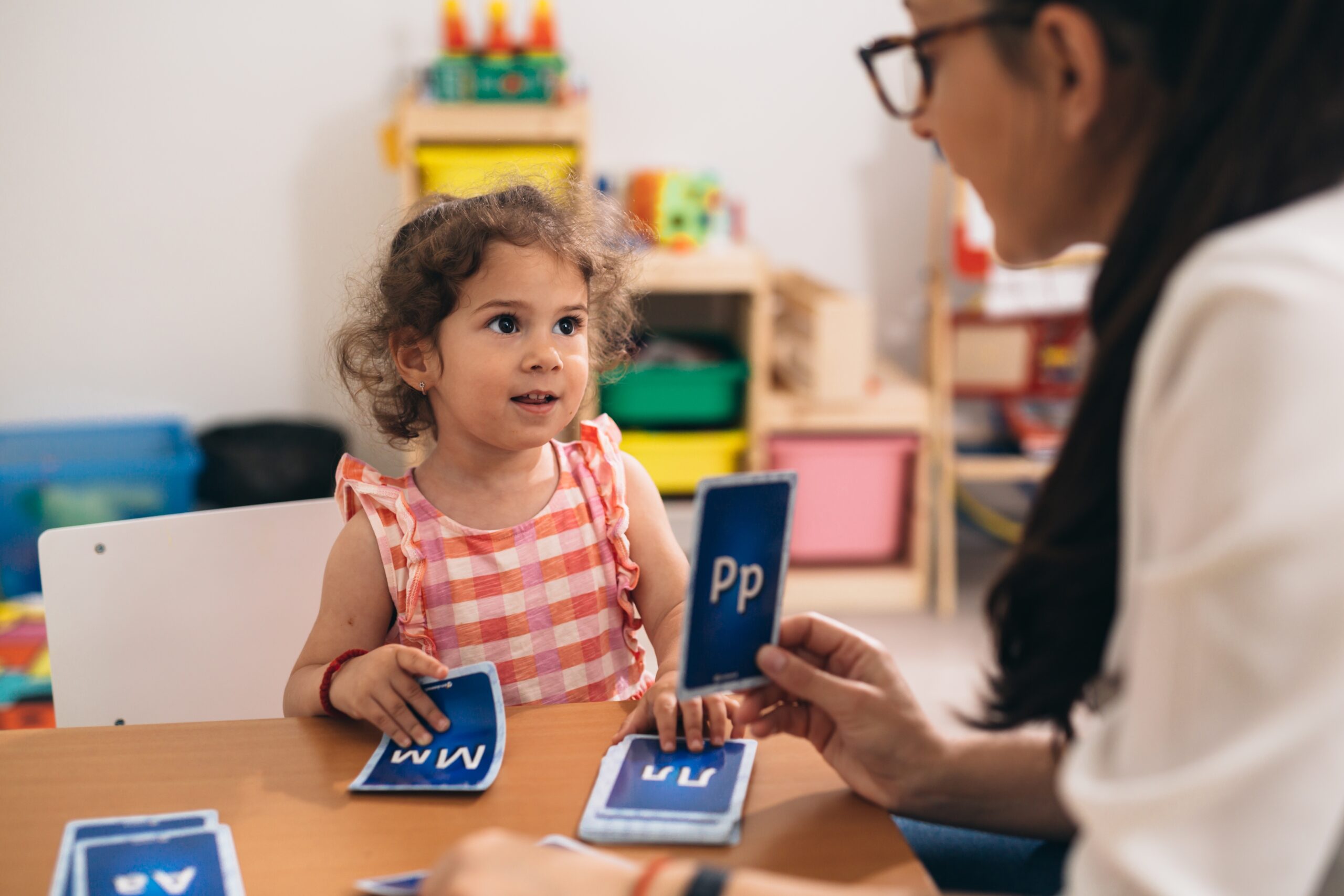
Early Intervention Speech Therapy Tips and Techniques
When very young children experience communication challenges, early support can make all the difference. Early intervention speech therapy focuses on helping children from birth through age five build essential language and communication skills during their most formative years.
In preschool and early learning settings, educators play a vital role in reinforcing these skills throughout the day. By combining evidence-based therapy strategies with natural play, routine activities, and positive interactions, teachers and therapists can create a language-rich environment where every child can thrive.
Why Early Intervention Matters
The early years of life are a critical period for speech and language development. During this time, the brain is especially responsive to communication input and experiences. Identifying and addressing speech or language delays early helps children develop skills alongside their peers and reduces the likelihood of long-term communication or literacy challenges.
According to the American Speech-Language-Hearing Association (ASHA), providing early intervention allows children to build communication, social, and pre-literacy skills that form the foundation for future learning.*
Practical Early Intervention Speech Therapy Techniques
Speech therapy works best when strategies are woven into daily routines and play-based learning. Here are several techniques that educators and early intervention teams can incorporate into classroom activities:
- Modeling Speech: Speak clearly and slowly to give children consistent exposure to correct sounds and phrasing.
- Expanding Language: When a child says “car,” expand with “Yes, that’s a big red car!” to naturally introduce new vocabulary.
- Play-Based Learning: Use songs, fingerplays, and role-play to make communication practice fun and interactive.
- Visual Supports: Incorporate pictures, gestures, and objects to help children connect words to meaning.
- Routine-Based Practice: Embed speech practice into daily activities—snack time, circle time, and cleanup are all opportunities to build communication skills.
These strategies help children connect language with real experiences, supporting growth in comprehension, expression, and social engagement.
Effective Strategies for Educators and Care Teams
Collaboration between teachers, caregivers, and speech-language pathologists (SLPs) creates consistency and continuity for young learners. Educators can help strengthen communication skills by:
- Encouraging Interaction: Use open-ended questions, wait for responses, and model turn-taking during conversations.
- Creating a Language-Rich Environment: Label classroom materials, narrate daily routines, and introduce new words through play and stories.
- Reading Aloud Daily: Pause to ask questions, describe pictures, and emphasize new vocabulary.
- Celebrating Progress: Recognize every small achievement to reinforce confidence and engagement.
When these strategies are applied consistently across therapy and classroom settings, children experience steady progress and deeper language connections.
Partnering with Speech-Language Pathologists
Successful early intervention depends on strong collaboration between educators and therapy teams. SLPs develop individualized therapy plans tailored to each child’s developmental needs. Educators support these plans by integrating targeted strategies into daily preschool activities and routines. Maintaining open communication between teams ensures consistent reinforcement of skills and maximizes progress toward communication goals.
FAQs
1. When should early intervention speech therapy begin?
Early intervention can begin as soon as a communication delay or concern is identified. The earlier therapy begins, the more effective it can be, since young children’s brains are highly adaptable during these years.
2. How can educators recognize when a child may need speech therapy?
Warning signs may include limited vocabulary for their age, difficulty forming sentences, unclear speech, or frustration with communication. Educators who observe these patterns can discuss them with families and recommend an evaluation by a licensed SLP.
3. Can teachers use early intervention techniques during classroom time?
Yes. Many effective strategies—such as modeling words, expanding phrases, and embedding practice into routines—fit naturally into daily preschool activities. Consistency between therapy sessions and classroom reinforcement helps children develop new skills more quickly.
Support Communication Growth Through Early Intervention
Early intervention gives children the chance to build communication, connection, and confidence before they enter kindergarten. Educators who collaborate with therapy teams play a vital role in shaping these outcomes. By blending professional guidance with intentional classroom strategies, early learning programs can help every child find their voice and succeed in their communication journey. Contact PTS to learn more today.
*Source: American Speech-Language-Hearing Association (ASHA)



